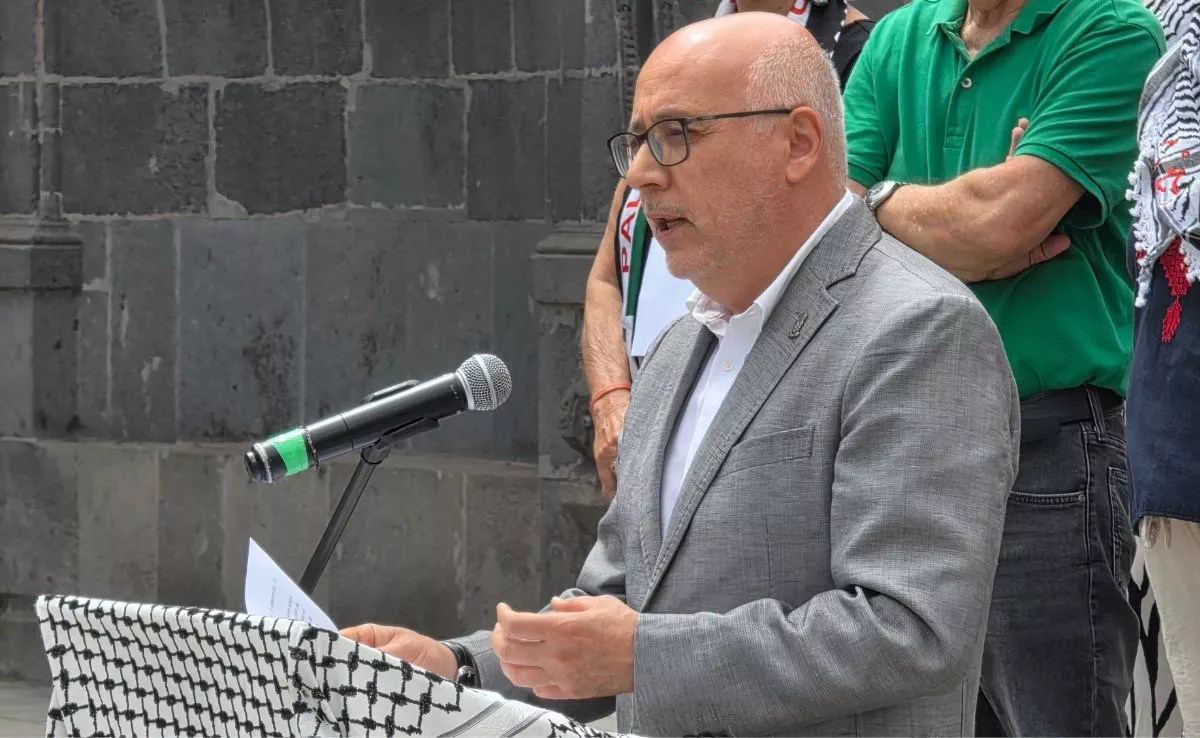https://cdn.diariodeavisos.com/wp-content/uploads/2025/04/carril-bici-1.jpg
The commencement of the new and contentious personal mobility network in the city, more commonly referred to as the bike lane, will be postponed by two months compared to the original timeline established by the City of Santa Cruz for the completion of these works, which was anticipated to wrap up in April.
Nevertheless, the ongoing construction aimed at finalising the layout of this cycling network, which will connect Méndez Núñez, El Pilar, Villalba Hervás, Bravo Murillo, San Sebastián, José Manuel Guimerá, and Glorieta Tres de Mayo to the interchange, has resulted in a delay of its implementation until “the end of June or early July”.
The Councillor for Public Services, Carlos Tarife, explained to a newspaper yesterday that, “although the delay is minimal, it is due to the installation of pylons that we are about to undertake. Once they are positioned, the bike lane will be accessible to the public and, following that, the mobility division will determine the subsequent actions.”
The City Council commenced work on October 13, 2024, for the establishment of the city’s personal mobility network. This marked the first phase of the project, which has a duration of six months and a budget of 1.7 million euros, financed by European Next Generation funds, with completion expected in the previous April.
This represents a proposal for a cycling network, with the initial section taking shape through a 2,420-metre bike lane. The initiative has sparked division among residents, with some criticising the removal of parking spaces and the resulting chaos, while others commend the “bold” effort by the council toward environmental sustainability.
Tarife stated that, “with the establishment of the cycling network, we will achieve that long-awaited shift in mobility in the city, focusing on transforming the city centre as a model of good practice, and supporting the development of a future low-emission zone (ZBE).”
This network, designed for bicycles and scooters, aims to coexist with the existing mobility framework while alleviating the issues caused by road traffic. It will span 18.77 kilometres, comprising 16.05 km of cycle streets and 2.17 km of segregated bike lanes along nine roads, along with a total of 52 cycling streets.















